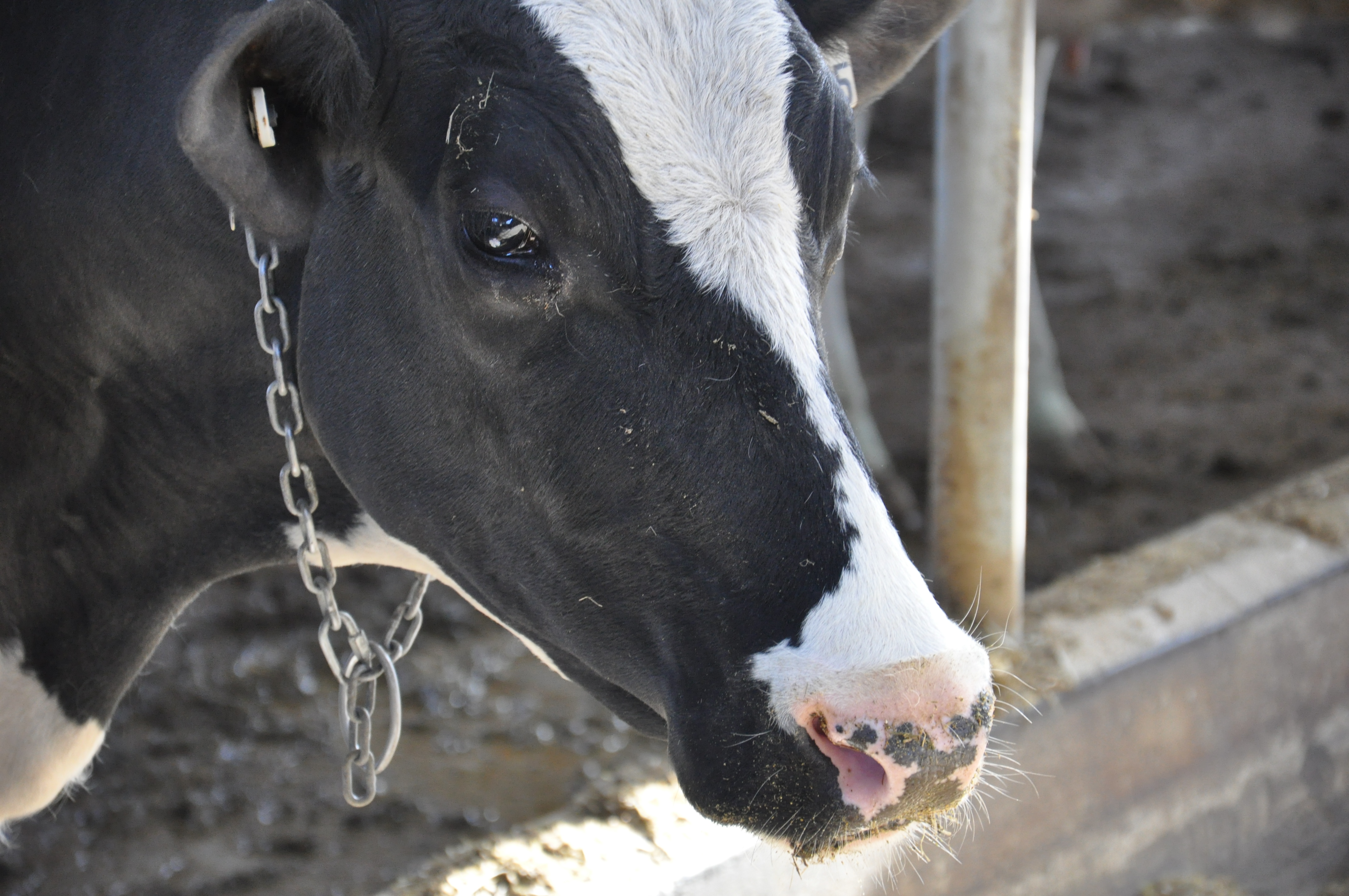Push to recover beef industry

(Written by Mario Pitre - Translated by Cathleen Johnston) The mad cow crisis in the 2000s caused enormous losses among beef producers. Since then, the beef cattle population has fallen to almost half in some areas which has pushed beef producers to attempt a recover of their industry. A development plan which will be unveiled shortly aims to increase beef production by 50% in Quebec by 2025. According to Kirk Jackson, President of the Syndicat des producteurs bovins de la Montérégie-Ouest, beef production has reached a critical low because as the volume of production declines, producers have fewer of the resources necessary to remain in operation. According to data from the UPA, there are about 450 beef producers in the territory of the three Suroît MRCs: 245 in the Haut-Saint-Laurent, 106 in Beauharnois-Salaberry and 91 in Vaudreuil-Soulanges. "That represents a multi-million dollar economic engine for the region," estimated Jackson, a beef producer in Saint-Anicet. Julien Levac-Joubert, Communications Agent with the Fédération des producteurs bovins du Québec, feels that it is essential to create an environment which favours the expansion of the beef industry particularly in the steer slaughtering sector which was severely affected by the mad cow crisis. Nevertheless, the Montérégie-Ouest has a varied beef production: feeder calves, feeder steers, milk-fed veal, grain-fed calves or cull cattle which are mainly transformed into ground beef. For Kirk Jackson, the main challenge in the beef industry involves succession, considering that the average age of beef producers in Quebec is in the 58 year range. According to Jackson, the recovery will inevitably have to include validating the role of producer, improving the conditions for establishment, government measures to support young producers and reducing the regulations to which they are subjected. Highlighting niche products and promoting local markets are also measures that could help to create new momentum for this industry.